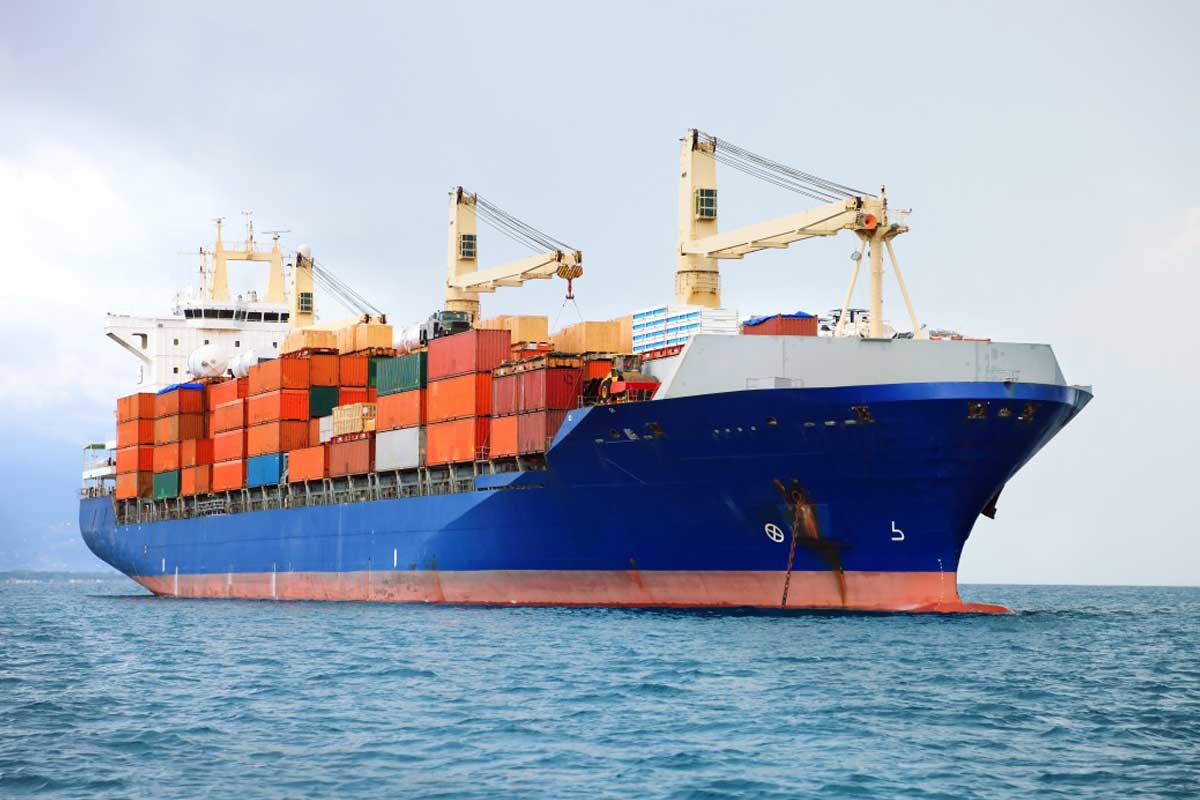Overpacking can increase shipping costs, delay customs clearance, and harm the environment when shipping to United Kingdom. Whether you’re sending electronics, textiles, or household items, knowing how to avoid overpacking when shipping to United Kingdom ensures cost efficiency, compliance with UK regulations, and sustainable logistics. This guide shares actionable strategies to streamline your packaging process.
1. Assess Cargo Fragility and Packaging Needs
Categorize Items by Risk
- Low-Risk Items (e.g., Books, Non-Fragile Plastics): Use single-layer corrugated boxes with minimal padding (e.g., bubble wrap only for corners).
- High-Risk Items (e.g., Glassware, Electronics): Opt for double-walled boxes with foam inserts, but avoid excessive fillers that add unnecessary volume.
Example:
A UK buyer shipping 200 ceramic mugs reduced packaging waste by 30% by using custom-fit cardboard dividers instead of excess bubble wrap.
2. Choose Appropriate Packaging Materials
Prioritize Lightweight Options
- Replace wooden crates with lightweight plywood for non-fragile bulk items (e.g., furniture).
- Use biodegradable air pillows or recycled paper instead of plastic foam for cushioning.
Avoid Unnecessary Layers
- Skip outer plastic wrapping for items already in protective packaging (e.g., factory-sealed electronics boxes).
3. Optimize Box Size and Fill Ratio
Select the Right Box Dimensions
- Match box size to the item’s dimensions. A common mistake: using a 1m x 1m box for a 0.5m x 0.5m item, increasing CBM by 75%.
- Use Alibaba’s Packaging Calculator to find the optimal box size for your cargo.
Fill Empty Spaces Strategically
- Use void fill materials (e.g., eco-friendly peanuts) only to stabilize items, not to fill entire boxes.
- Example: A shipment of 50 smartwatches reduced CBM from 0.8 to 0.5 by removing excess foam and using form-fitting inserts.
4. Understand UK Customs and Environmental Regulations
Comply with Packaging Laws
- UK regulations require certain items (e.g., electronics) to have recyclable packaging labels. Overpacking with non-recyclable materials (e.g., excessive plastic) may trigger fines.
- Check the UK Packaging (Essential Requirements) Regulations for restricted materials.
Declare Packaging Accurately
- On commercial invoices, specify packaging type and weight (e.g., “Cardboard boxes with paper filler, total weight 10kg”).
- Misdeclaring overpacked shipments can cause customs delays (e.g., a 20kg discrepancy in declared weight led to a 48-hour hold in Felixstowe).
5. Leverage Logistics Provider Expertise
Consult with Freight Forwarders
- Companies like China Top Freight offer packaging audits to identify overpacking risks. For example, they recommended removing redundant pallets for a UK-bound furniture shipment, saving 15% on LCL fees.
- Use their Green Logistics Program for eco-friendly packaging solutions that reduce both cost and environmental impact.
Opt for Consolidation Services
- Merge multiple small orders into one shipment to share packaging resources. A consolidator in Yiwu reduced overpacking by 20% for a UK retailer sourcing from 5 suppliers.
6. Train Suppliers on Packaging Standards
Provide Clear Guidelines
- Share a packaging checklist with suppliers:
- Use minimal padding for low-risk items.
- Label boxes with “Fragile” only when necessary to avoid unnecessary handling.
Example:
After providing guidelines, a supplier shipping 1,000 USB chargers reduced packaging costs by £150 by switching to slimline boxes and eliminating double-wrapping.
7. Avoid Common Overpacking Triggers
Red Flag: Standard Packaging for Custom Items
- Custom-sized items (e.g., machinery parts) often require tailored packaging. Using standard boxes can lead to 20–30% wasted space.
- Solution: Request suppliers to create custom molds or use flexible wrapping (e.g., stretch film) instead of rigid boxes.
Red Flag: Ignoring Pallet Weight Limits
- Overloading pallets (e.g., exceeding 1.5 tons per EUR pallet) can cause damage during transit, leading to repacking and delays.
In conclusion, learning how to avoid overpacking when shipping to United Kingdom is essential for cost-effective and sustainable logistics. By assessing fragility, choosing lightweight materials, and partnering with experts like China Top Freight, you can reduce waste, comply with UK regulations, and ensure smooth deliveries. Remember: Efficient packaging not only saves money but also aligns with global sustainability goals, making your supply chain both smart and eco-friendly.Utilize China Top Freight to help solve the problems you are facing. Contact us today to embark on your smooth transportation journey!


